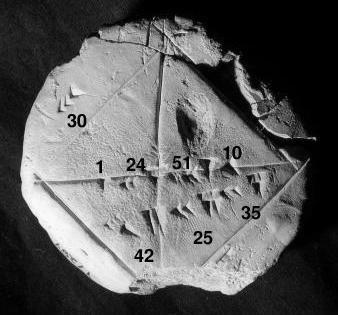
Summary of Computational Mathematics
Computational mathematics explores the interplay between mathematics and computer calculations, enhancing scientific and engineering computations. It encompasses algorithm design, computational complexity, numerical methods, and computer algebra.
Beyond its practical applications, computational mathematics also utilizes computers for mathematical research, including formulating conjectures, proving theorems, and developing proof assistants. It has sparked new fields such as computational algebraic geometry, topology, and linguistics, and contributed to cryptography, economics, and experimental mathematics.
Key Concepts
Algorithm Design and Computational Complexity: Computational mathematics designs efficient algorithms and studies their resource requirements (time and space) to solve complex problems. It aims to optimize these algorithms and understand their computational limits.
Numerical Methods: Numerical methods provide approximate solutions to mathematical problems that cannot be solved exactly. These methods are used in scientific computation, such as solving differential equations and analyzing data.
Computer Algebra: Computer algebra involves developing software systems that manipulate and solve mathematical expressions symbolically, automating tasks in areas like polynomial factorization, symbolic integration, and geometric calculations.
Mathematical Experimentation and Proof Assistants: Computational mathematics employs computer simulations and experiments to generate conjectures and insights in various mathematical fields. Proof assistants, such as automated theorem provers, aid in verifying proofs and exploring mathematical concepts.
Applications and Significance
Computational mathematics has become indispensable in science and engineering, enabling numerical modeling, simulation, and data analysis. It has revolutionized research in areas like physics, biology, and materials science. Moreover, it has contributed to the development of new technologies, including cryptography, machine learning, and artificial intelligence.